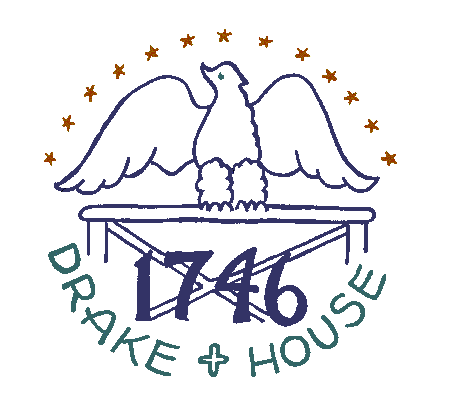 |
|||||||||||||||||
|
|
|||||||||||||||||
|
|
|||||||||||||||||
 |
||||
THE RETREATING UNION ARMY
to Harrison's Landing, on the James River at the head of the peninsula. There, Scott observed Independence Day as a nurse detailed to the camp hospital. When the Army of the Potomac evacuated the Peninsula in mid August 1862, he was detached from the 3d Vermont to serve as a nurse at the General Hospital on David's Island, in New York's Long Island Sound.
The unrelenting misery of the hospital took its toll on Scott. He tended to the spirits of men inside shattered bodies, toted slop buckets, changed clotted rags that adhered to wounds and lent his hand to a dying
man's grasp. It was not long before he himself was a patient. To amuse himself while he convalesced, Scott sketched scenes of hospital life. He was judged to have unusual talent and attracted the attention
of Henry E. Clark, a prominent and influential philanthropist who visited the hospital frequently Clark supplied him with drawing materials and a warm friendship began, one that would be instrumental in Scott's
development as an artist. In spring 1863, Scott was discharged from the army on grounds of disability. Clark immediately secured him an enrollment at the National Academy of Design in New York City, and promised
to pay all his expenses. His destiny now clear, the young artist dedicated himself enthusiastically to his vocation. Scott received instruction at the Academy, as well as private tutoring from prominent artists
including Emmanuel Leutz, best known for his epic work, "Washington Cross the Delaware." Leutz was trained in the Dusseldorf School of Painting, and passed its virtues and vices along to his pupil as
religion. One tenet of the school demanded that the artist become intimate with the subject he was to depict. This involved trips to the actual scene to be pictured and great attention to detail. In spring
1864, when he was one year into his studies at the National Academy and with Leutz, Scott set out to gather subject matter for his art. A week of visiting army and government officials in Washington D.C. with
letters of introduction won the artist permission to travel to Virginia as an honorary aide-de-camp to Smith, his former division commander. Scott joined Smith by then a major general and commanded of the Army of
the James' XVIII Corps, in time for the May 1864 campaign on Bermuda Hundred, a strip of land between the James and Appomattox Rivers. He was to stay with the army for three weeks: the sole purpose of his visit
was sketching. At the scene of combat again, but this time without military duties to encumber him, Scott was in the best possible position to fully document the sights that surrounded an army at war. He put his
new abilities to work producing drawings that would serve him in his painting for the rest of his life. By the time he returned to New York City, his sketchbooks were filled with "behind the scenes" looks at
army life, seen from the common soldier's perspective. He drew captured Confederate soldiers, destitute escaped slaves, wounded men on litters, and the bloated corpses of pack animals. Scott also made
portraits of all kinds. In reality, all Scott's drawings were portraits, close-up looks at individual beings. Even in crowded battle scenes, the soldiers whose faces are bit by the fires of destruction are
often the very ones who actually participated in the events depicted. Back in New York, Scott continued his artistic training at the National Academy and with Leutz. In the summer of 1866 the Civil War had been
over for a year, and the 20-year-old painter felt the urge to travel. No artist of the era considered his education complete unless he had been abroad to see the great works of Western art and study with the
European masters. So, Scott, now sporting a bohemian imperial beard, followed in the footsteps of renowned American artists George Caleb Bingham, Albert Bierstadt and Eastman Johnson, spending time in Paris. By
the time he visited Europe, Scott had developed an artistic style of his own. He was able to extract the pertinent values from his education and combine them with a fresh, personal approach, creating works with a
distinctly American flavor. He also developed a professional -- perfectionism. His training and faithfulness to detail -the influence of his mentor, Leutz, with whom he studied until 1868 - got the best of him on
occasion, as became evident early in his career. |
||||
Contents of any advertisements associated with this page are NOT endorsed in any way by |
||||